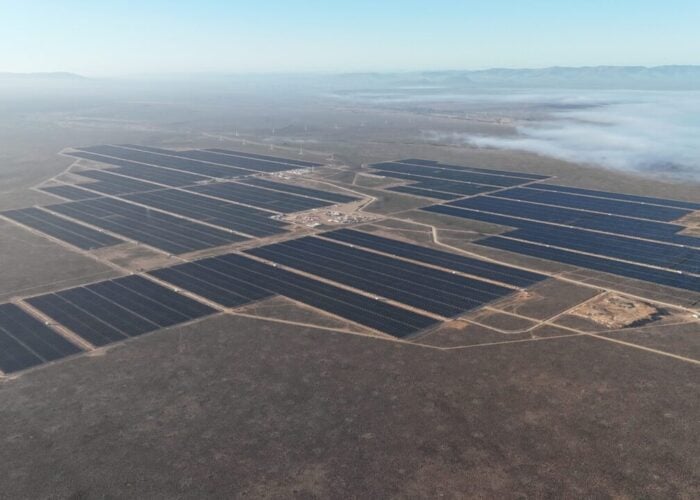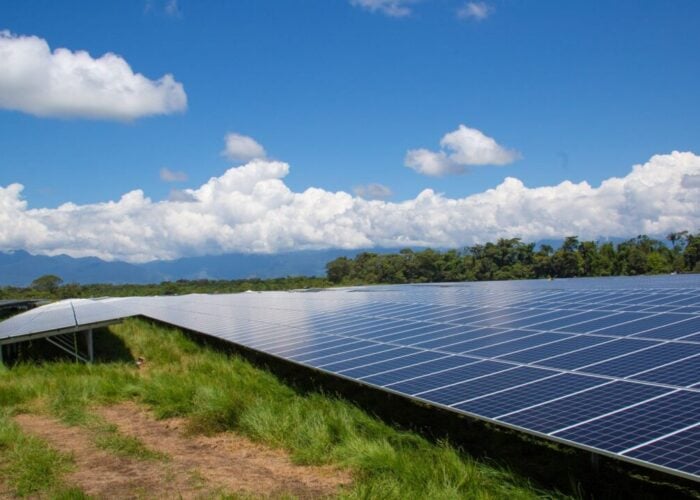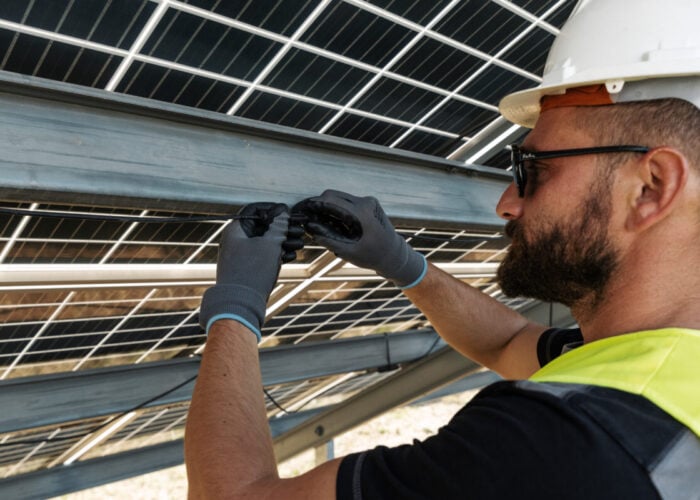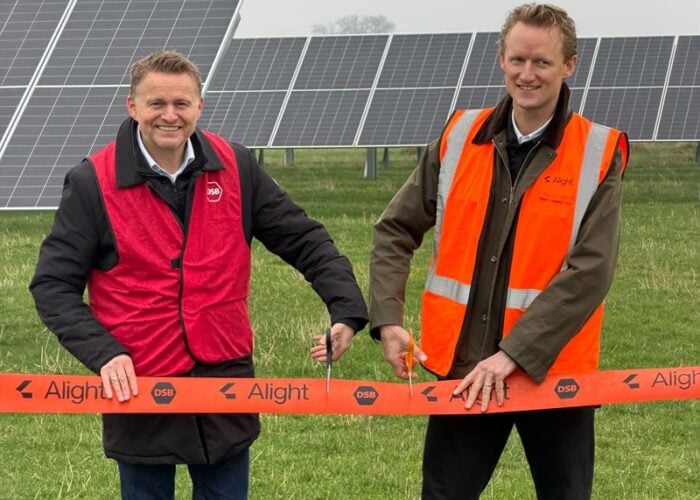
The US Department of Energy (DOE) budget proposal promises to cut all direct funding for solar and wind energy and expand support for nuclear weapons.
The proposal for the financial year (FY) 2026, published last week, outlines a 74% cut to the Office of Energy Efficiency and Renewable Energy (EERE) funding, from US$3.46 billion in FY2025 to US$888 million.
Try Premium for just $1
- Full premium access for the first month at only $1
- Converts to an annual rate after 30 days unless cancelled
- Cancel anytime during the trial period
Premium Benefits
- Expert industry analysis and interviews
- Digital access to PV Tech Power journal
- Exclusive event discounts
Or get the full Premium subscription right away
Or continue reading this article for free
Within that US$888 million figure, the amount available for renewable energy technologies would be US$240 million, a steep drop from US$795 million in the FY2024 budget. It includes no funding at all for solar PV, wind energy or renewable energy grid integration, with all of the budget allocated to “Water Power” and “Geothermal Technologies”.
The FY2024 budget included US$318 million for solar PV specifically and a further US$137 million for wind and US$22 million for renewable energy grid integration.
There are also deep cuts to the EERE’s sustainable transportation and buildings and industry funding.
The proposal eliminates the Office of Technology Commercialization and the Office of Clean Energy Demonstrations with 100% budget cuts.
Fossil fuels and nukes
The total DOE departmental budget is cut by 7% under the proposal, from US$49.8 billion to US$46.3 billion.
The funding for the Office of Fossil Energy was cut by 31%, to US$595 million, though the official summary of the proposal – which was “printed with soy ink on recycled paper” – said: “Utilising the Nation’s energy resources of coal, natural gas, petroleum, and nuclear, stimulates the economy and builds a foundation for future growth and will allow us to unleash America’s energy dominance.”
The previous budget allotted the most funding to EERE and the Office of Advanced Research Projects, whereas the new proposal announces a fiscally minded view to “focus spending in areas with the highest return on investment of taxpayer dollars,” according to the DOE summary.
By far the biggest portion of the US$49.8 billion FY2026 budget proposal is allocated to the National Nuclear Security Administration (NNSA), one of the “core missions” of which is to maintain the US nuclear weapons stockpile, according to the DOE website.
The NNSA is allotted over US$25 billion in the proposal to “modernise the Nation’s nuclear deterrent and protect the American people,” according to the DOE official summary.
The budget also allocates US$1.37 billion for the Office of Nuclear Energy and US$750 million for use by the Loan Programs Office (LPO) on “commercial nuclear technologies”.
The proposed changes come hot on the heels of the “Big,Beautiful Bill” – the tax reconciliation bill, which, in its current form, will slash renewable energy tax credits which have triggered a boom in the US renewables deployment and manufacturing industries.
Speculations over sweeping changes to the DOE were around at the time of Donald Trump’s election victory in November. PV Tech explored the possible changes at the time, including rollbacks for the EERE and the hamstringing of the Loan Programs Office (LPO), which has been instrumental in expanding clean energy technologies and tribal energy projects across the US.
The ultra-conservative Project 2025 document, established by US think tank the Heritage Foundation, outlined a plan to transform the DOE into a department focused on nuclear weapons and energy security. Trump publicly distanced himself from the project prior to election.






